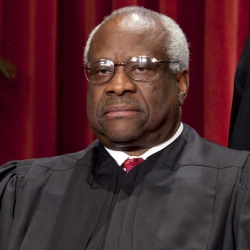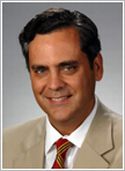Since before the publication of Rachel Carson’s Silent Spring 50 years ago, scientists have known that certain synthetic chemicals can interfere with the hormones that regulate the body’s most vital systems. Evidence of the health impacts of so-called endocrine-disrupting chemicals grew from the 1960s to the 1990s. With the 1996 publication of Our Stolen Future by Theo Colborn, Dianne Dumanoski, and J. Peterson Myers, many people heard for the first time how such exposures – from industrial pollution, pesticides, and contact with finished consumer products, such as plastics – were affecting people and wildlife. Since then public concern about these impacts has grown.
In 2009, the American Medical Association called for reduced exposure to endocrine- disrupting chemicals. Last year, eight scientific societies, representing some 40,000 researchers, urged federal regulators to incorporate the latest research on endocrine-disrupters into chemical safety testing. Continue reading →
 Horn News – Students at one of the most liberal universities in the D.C. area tried to “cancel” Supreme Court Associate Justice Clarence Thomas from his side gig as a lecturer in constitutional law.
Horn News – Students at one of the most liberal universities in the D.C. area tried to “cancel” Supreme Court Associate Justice Clarence Thomas from his side gig as a lecturer in constitutional law.
 Jonathan Turley – Below is my column in the Hill newspaper on why the most creative and productive individuals are often disfavored in our modern confirmation system. With the announcement of the new nominee this evening by President Donald Trump, we will have the state of a counter-intuitive process that favors those who are the least forthcoming or open about their views.
Jonathan Turley – Below is my column in the Hill newspaper on why the most creative and productive individuals are often disfavored in our modern confirmation system. With the announcement of the new nominee this evening by President Donald Trump, we will have the state of a counter-intuitive process that favors those who are the least forthcoming or open about their views.